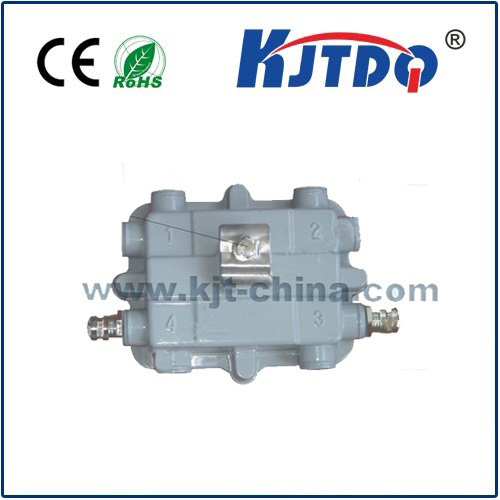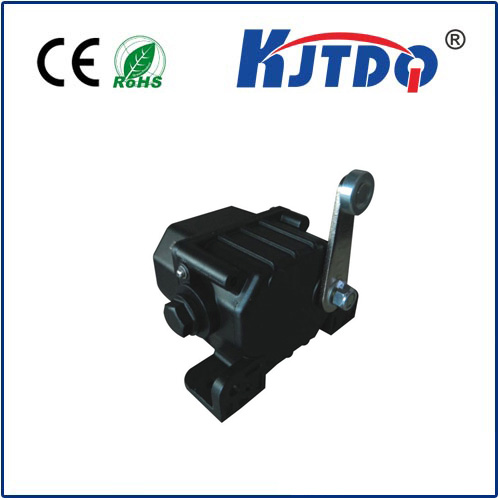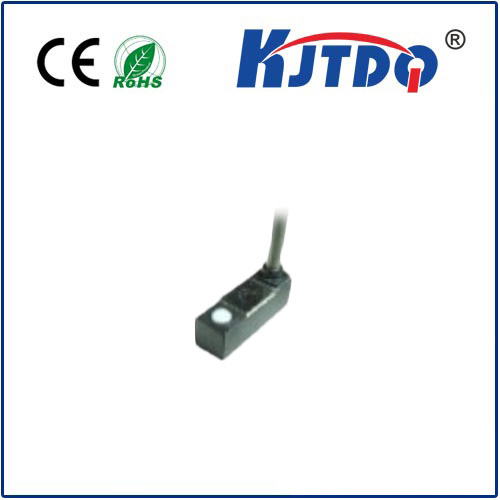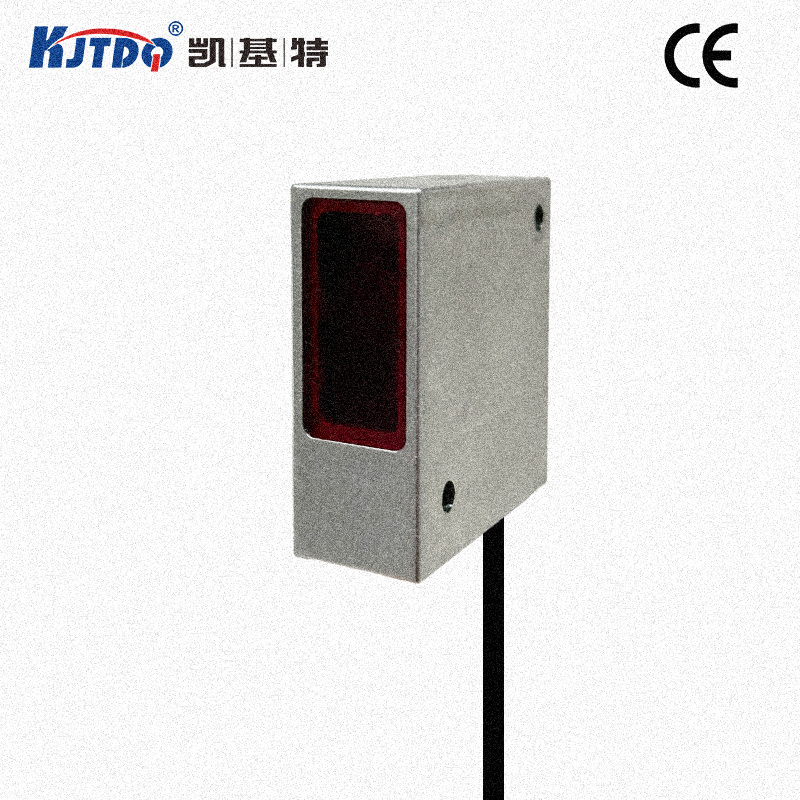
Проверка

Проверка

Проверка

Проверка
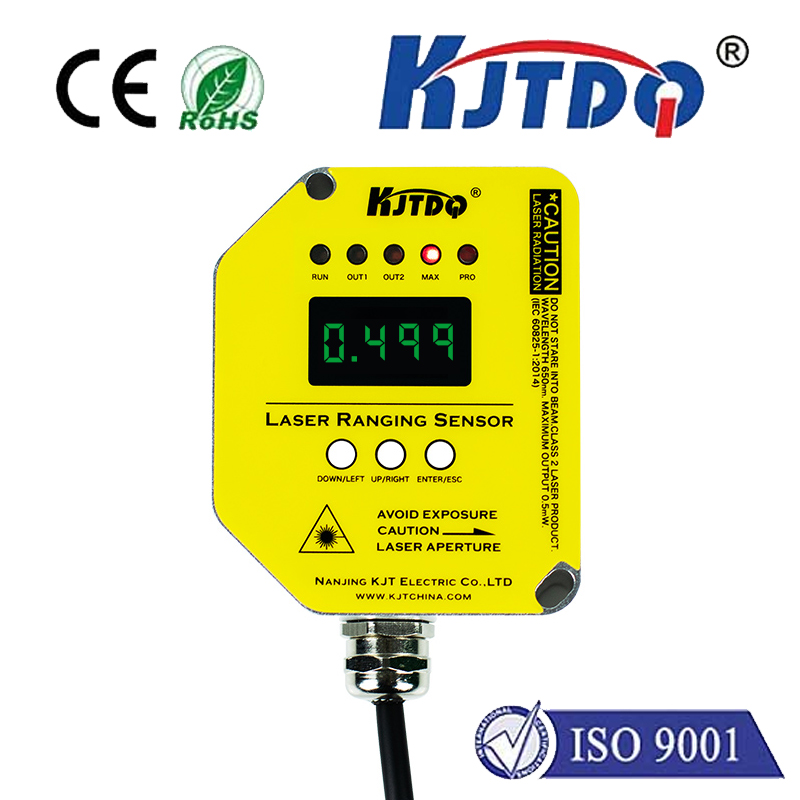
Проверка

Проверка
Imagine effortlessly adding touchless interaction to your next project, precisely detecting object presence without physical contact, and doing it all with minimal wiring and setup. That’s the compelling promise of the M5 Proximity Sensor, a versatile module rapidly becoming a staple in maker toolkits and industrial prototyping. Far more than just another component, it represents a significant leap in simplifying and enhancing close-range detection tasks.
Unlike bulky traditional sensors requiring complex analog signal processing, the M5 Proximity Sensor integrates sophistication into a compact, user-friendly package. At its core lies an advanced infrared (IR) sensing system. It emits IR light pulses and meticulously measures either the intensity of the reflected light or, in more advanced versions, the time-of-flight (ToF) for that light to bounce back. This fundamental principle allows it to reliably determine the presence and approximate distance of objects within its designed range, typically up to a few centimeters or tens of centimeters, depending on the specific model and configuration.
The true power of the M5 Proximity Sensor lies in its intelligent integration and digital interface. Unlike rudimentary analog proximity sensors that output a variable voltage requiring interpretation, the M5 module incorporates dedicated processing circuitry. This onboard intelligence transforms raw sensor data into clean, easily usable digital signals. The primary communication method is I2C (Inter-Integrated Circuit), a widely adopted serial protocol in the embedded world. Why is this so beneficial?

Where does the M5 Proximity Sensor shine? Its applications are remarkably diverse:
Getting started is remarkably straightforward. Connect the module’s I2C pins (SDA, SCL), power (VCC - usually 3.3V or 5V, check your specific module’s datasheet), and ground (GND) to your microcontroller. Download the appropriate library (often supplied by M5Stack or the community for platforms like Arduino IDE or MicroPython), include it in your code, initialize the sensor, and start reading distance values or detection states. Many libraries offer functions to set detection thresholds and even configure the sensitivity or sampling rate. A quick tip: Utilizing the serial monitor initially helps visualize the sensor’s raw output and fine-tune your detection logic.
Compared to alternatives like ultrasonic sensors or basic IR break-beam sensors, the M5 Proximity Sensor offers distinct advantages:
While incredibly versatile, understanding its limitations ensures successful deployment:
For developers and designers working within the M5Stack ecosystem, the sensor integrates seamlessly, often plugging directly into the Grove port or unit socket on M5Stack Core devices. This plug-and-play compatibility accelerates prototyping tremendously. For broader microcontroller applications (Arduino, ESP32, Raspberry Pi, etc.), its standard I2C interface ensures universal accessibility.
The M5 Proximity Sensor brings sophisticated yet accessible proximity detection capabilities into the hands of creators. By offering digital output, easy I2C integration, compact size, and reliable performance in close-range scenarios, it solves numerous object detection challenges with elegance and efficiency. Whether you’re building the next interactive exhibit, a clever automation helper, or adding intuitive control to your gadget, this sensor provides the essential digital eyes needed to sense the world immediately around your project. Its blend of simplicity and capability makes it an indispensable component in the modern maker’s and engineer’s arsenal.
